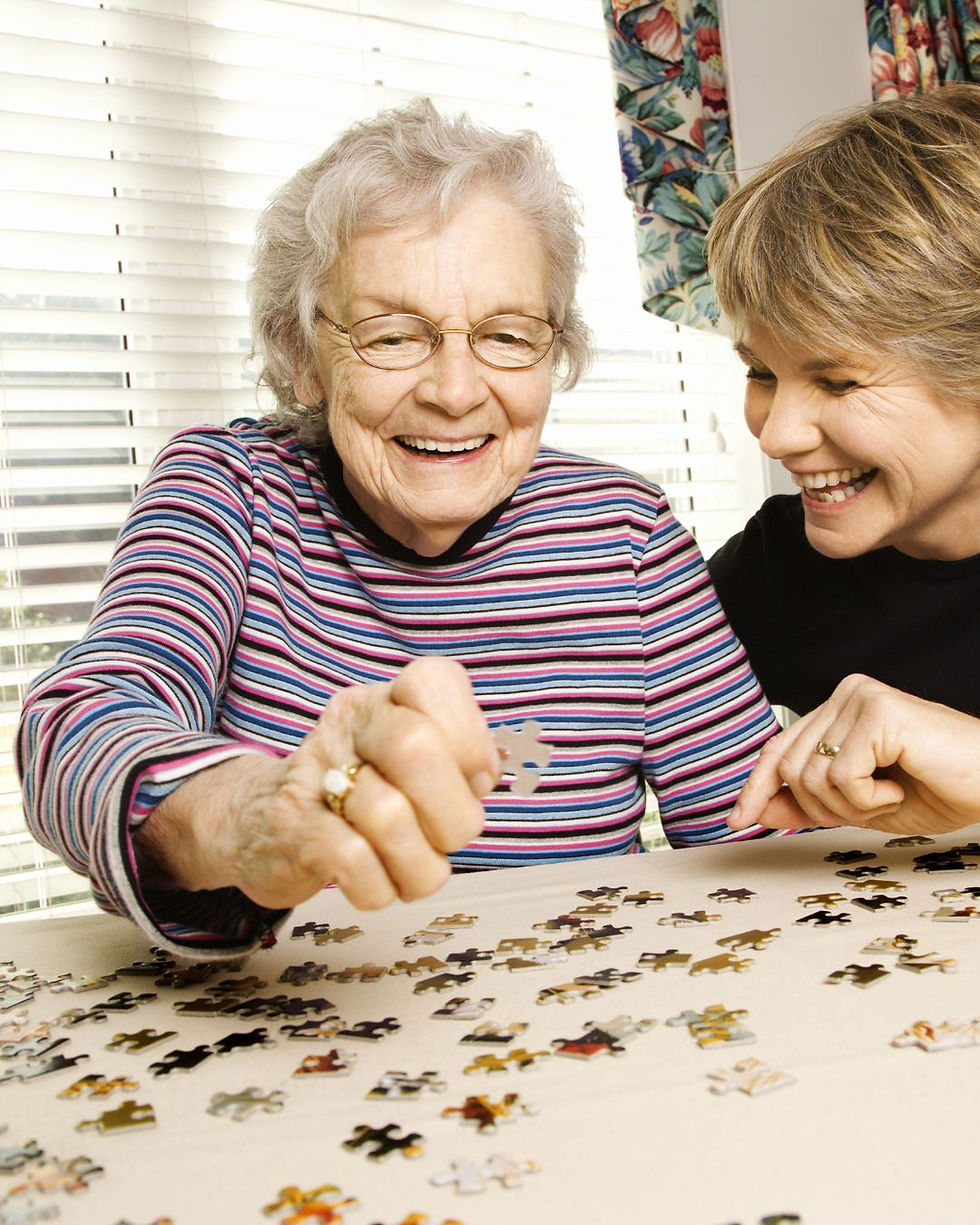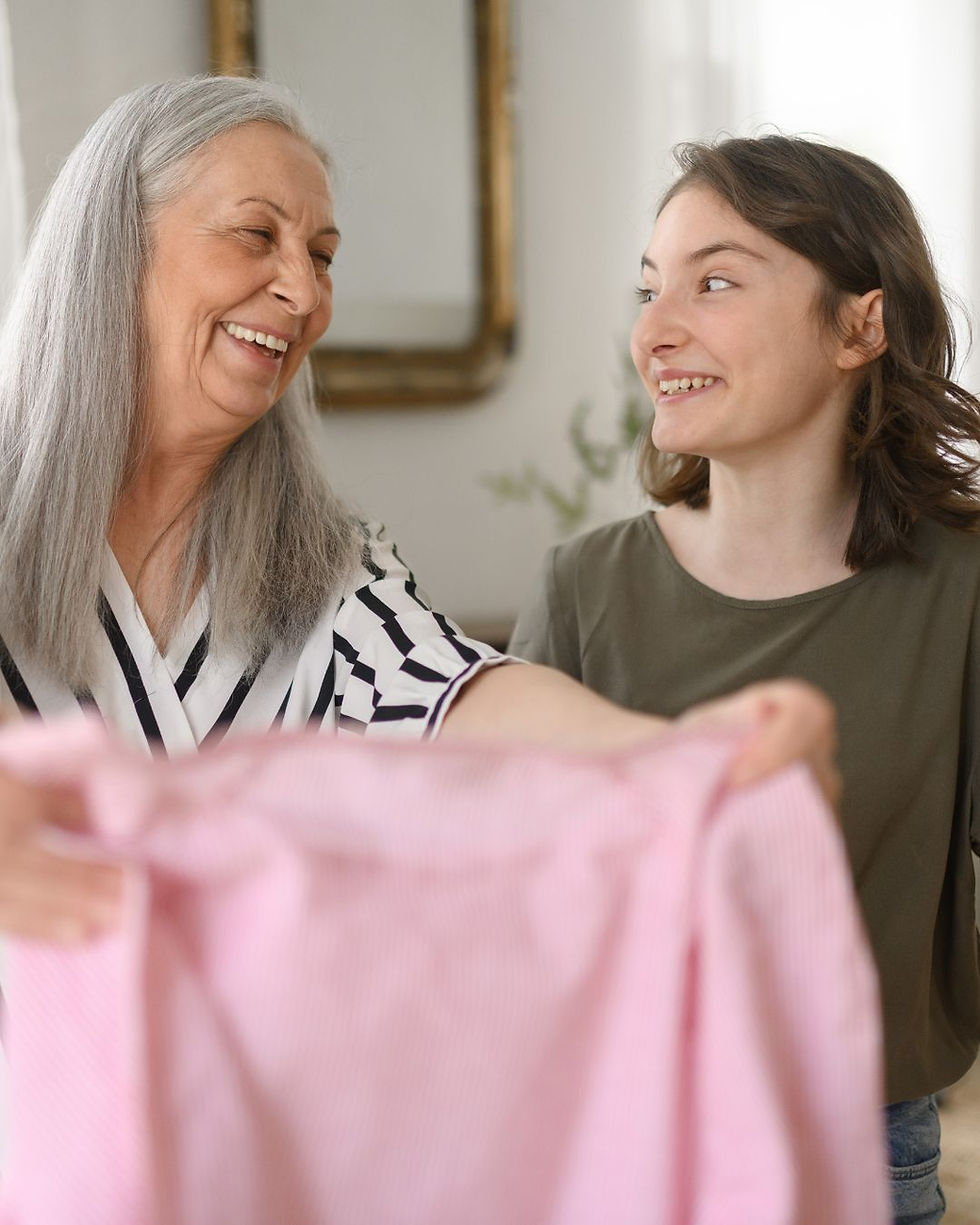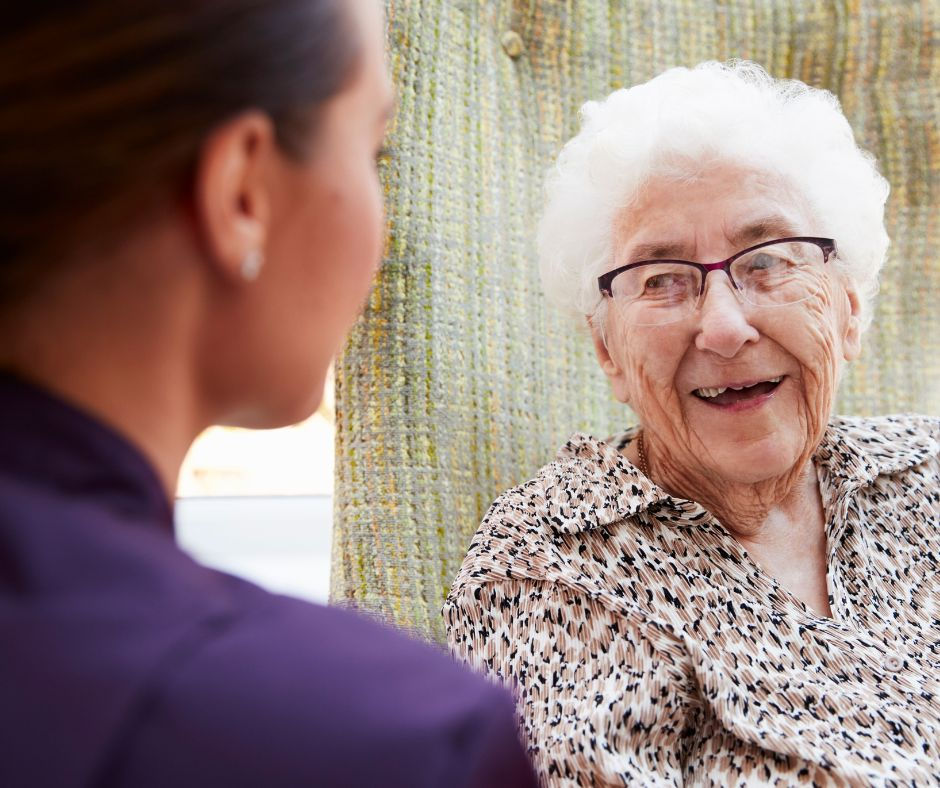Improving physical wellbeing in care home activities
- Bright Copper Kettles CIC

- Aug 8
- 4 min read
SPIES Blog #2 - The “P” is for Physical Wellbeing

When we talk about wellbeing in care homes, it’s easy to think first of emotional support or social interaction, but physical wellbeing in care homes is just as vital.
It’s the steady foundation beneath everything else. When residents feel good in their bodies, even in small ways, it can have a big impact on their mood, motivation, and sense of self.
And that’s where you come in.
As NHS England states:
“Physical activity is essential to health and wellbeing, yet many people do not receive the support they need to stay active. There is overwhelming evidence that the benefits of physical activity far outweigh any risks, for both adults and children and even for those with health conditions.”(NHS England, Physical activity and NHS priorities, 2023)
This national guidance applies just as much to our care home residents as it does to anyone else - and it’s why our role in encouraging movement is so important.
As an Activity Coordinator, you're in a brilliant position to support physical wellbeing without needing a physio’s degree or a gym in the lounge.
In fact, many of the best ways to help residents move more don’t look like exercise at all.
Let’s explore why physical wellbeing matters and how you can help support it through meaningful, joyful activity.
How physical wellbeing increases independence in care homes
Even small movements help residents maintain balance, strength, and coordination - these are part of gross motor skills, the big muscle movements that keep us mobile and steady.
All of which are key for independence. Whether it’s standing to make a cup of tea or walking to the dining room, movement helps keep muscles strong and minds engaged.
When residents remain independent, fewer staff are spending their time supporting them physically. This means they are able to spend that time engaging with them socially, and having fun.
You’re not just organising a seated exercise class, you’re helping someone stay steady on their feet.
Stop telling residents to sit down, walk with them!
Physical movement increases mental wellbeing in the care home setting
There’s a direct link between movement and mood.
Gentle exercise boosts endorphins, reduces anxiety, and helps combat low mood. It also improves sleep, digestion, and even appetite, all of which feed into a better day (and a better night) for your residents.
Fine motor skills matter here too, small hand and finger movements such as threading beads, folding napkins, or pegging washing not only keep the hands nimble but also stimulate the brain.
Your mid-morning stretch session might be the reason someone smiles more that afternoon.
Stop telling residents "no need for you to do that!", try swapping it for "oh, that's a great job your doing there, can I help?"
It doesn’t have to be a class session listed on your activities schedule.
Physical wellbeing isn’t just about scheduled sessions or formal activities. It can be built into your day in quiet, natural ways:
A walk around the garden to pick flowers
Setting the table with a friend
Reaching up to put photos on a display board
Tapping toes to the music during a singalong
Folding laundry or drying up after a baking activity
Each of these small movements adds up, especially for residents who spend long periods sitting.
Inclusive physical activities for care home residents
Of course, not everyone can stand, walk, or stretch easily.
That’s okay and it’s where your creativity really shines - Consider their STRENGTHS (remember my HELPS framework).
Adapt movement to the person:
Offer arms-only versions of activities
Use scarves, balloons, or resistance bands
Celebrate the smallest effort (lifting an arm, squeezing a ball)
Include rest breaks and make it fun. It's not a test, nor a competition.
Having a professional in to run group sessions is a good idea, they are much better qualified to come up with alternative movements for individuals. Your job here is to ensure that you pass on what you know about the individuals they are supporting.
The goal isn’t to make anyone do more, but to support what they can do, with dignity and joy.
Purposeful roles and physical wellbeing in care homes

Residents often miss the feeling of being useful. Offering small roles can meet both physical and emotional needs:
Watering the plants
Helping to sort napkins and setting the table(s)
Passing out hymn books
Pegging out washing on a line
These simple jobs support movement and create purpose.
This is a powerful combination.
Physical wellbeing is not about pushing people to do more.
It’s about helping people feel more connected to their bodies, more confident in what they can do, and more involved in daily life.
In short, it’s about living well.
So whether you’re organising a full-on Zumba Gold session, handing someone a duster, or gently encouraging a stroll in the corridor, you’re helping support wellbeing in one of the most powerful ways there is.
Highlight these needs to your colleagues, explain to them how they can help each resident towards physical wellbeing, you could even talk to them about gross and fine motor skills so they understand the value of every kind of movement.
Share this blog post with them.
There are many areas of their job roles that can be shared with residents. Encourage colleagues to ask residents for help.
"Can you help me with this?" might be a sentence your care home resident hasn't heard for a while, watch for the reaction - and quite possibly, that glint in the eye.
How lovely it is to feel needed!
Keep going. Keep moving. You’re doing amazing work.
References
https://www.england.nhs.uk/ourwork/public-health/harnessing-the-benefits-of-physical-activity (Accessed 8 August 2025)
Want more activity ideas to support physical wellbeing in your care home?
Explore the Activity Coordinators Toolbox for monthly ready-to-use resources.








Comments